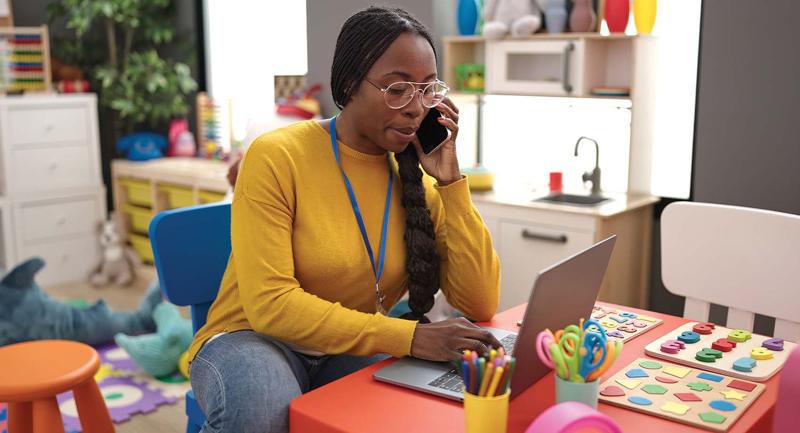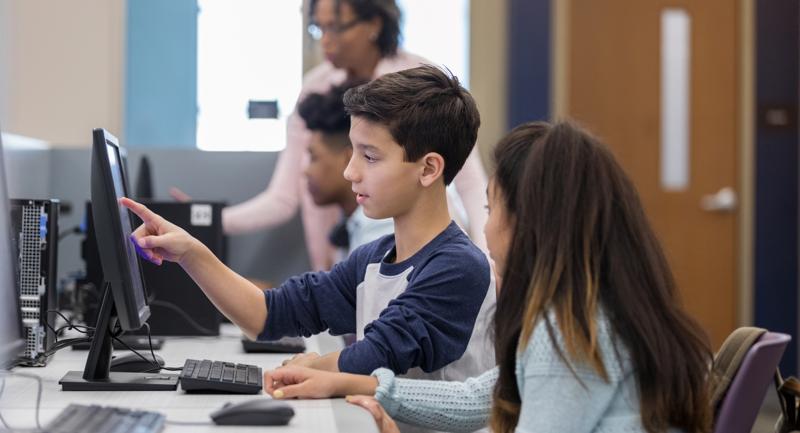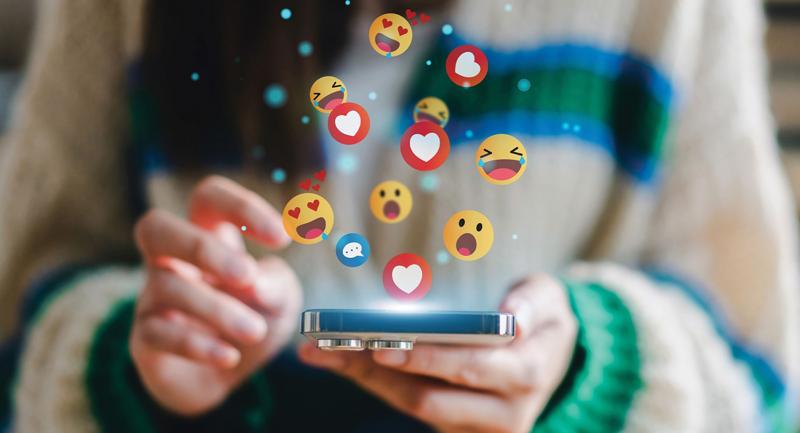Interactive whiteboards have become popular over the last few years, and it appears that their use will continue to grow exponentially. Indeed, books like The Interactive Whiteboard Revolution (Betcher & Lee, 2009) attest to the depth and breadth of change that this tool can promote in classroom practice.
For those who may still be unfamiliar with the technology, an interactive whiteboard is a large display that connects to a computer and a projector. The projector projects the computer's desktop onto the board's surface, where users control the computer with a pen, finger, or other device. The board is typically mounted to a wall or floor stand. Various accessories, such as student response systems, enable interactivity.
Although many teachers have enthusiastically adopted interactive whiteboards, little research is available on their effect on student achievement. However, in a study that involved 85 teachers and 170 classrooms, the teachers used interactive whiteboards to teach a set of lessons, which they then taught to a different group of students without using the technology (see Marzano & Haystead, 2009).
What the Research Found
The study results indicated that, in general, using interactive whiteboards was associated with a 16 percentile point gain in student achievement. This means that we can expect a student at the 50th percentile in a classroom without the technology to increase to the 66th percentile in a classroom using whiteboards.
In addition, three features inherent in interactive whiteboards have a statistically significant relationship with student achievement. The first is the learner-response device—handheld voting devices that students use to enter their responses to questions. The percentage of students providing the correct answer is then immediately displayed on the board in a bar graph or pie chart. Using voting devices was associated with a 26 percentile point gain in student achievement.
A second feature is the use of graphics and other visuals to represent information. These include downloaded pictures and video clips from the Internet, sites such as Google Earth, and graphs and charts. Use of these aids was also associated with a 26 percentile point gain in student achievement.
A third feature is the interactive whiteboard reinforcer—applications that teachers can use to signal that an answer is correct or to present information in an unusual context. These applications include dragging and dropping correct answers into specific locations, acknowledging correct answers with virtual applause, and uncovering information hidden under objects. These practices were associated with a 31 percentile point gain in student achievement.
What We Saw in the Classroom
Using the voting devices but doing little with the findings. In many classrooms, teachers simply noted how many students obtained the correct answer instead of probing into why one answer was more appropriate than another.
Not organizing or pacing the content well. In these cases, the teachers incorporated video segments from the Internet or images intended to represent important information in their digital flipcharts. However, they ran through the flipcharts so quickly that students, although impressed with the graphics, did not have time to analyze and interact with one another about the content.
Using too many visuals. Digital flipchart pages were awash with visual stimuli; it was hard to identify the important content.
Paying too much attention to reinforcing features. For example, when teachers who had worse results with the technology used the virtual applause feature to signal a correct answer, the emphasis seemed to be on eliciting the applause rather than on clarifying the content.
Getting the Most Out of the Technology
Teachers should think through how they intend to organize information. They should group information into small, meaningful segments before they start developing the digital flipcharts. Once they've organized the content, then they can design the flipcharts to complement the organization. To ensure that they don't run through the flipcharts too quickly, teachers can insert flipcharts that remind them to stop the presentation so students can process and analyze the new information.
Digital flipcharts should contain visuals, but those visuals should clearly focus on the important information. Also, no single flipchart should contain too many visuals or too much written information.
After asking a question and getting student responses using voting devices, the teacher should typically discuss the correct answer along with the incorrect answers, making sure to elicit opinions from as many students as possible.
When using reinforcing features like virtual applause, teachers should make sure that students focus on why an answer is correct or incorrect. Although these features can produce high engagement and certainly enliven the atmosphere in a classroom, they can also be distracting if used without a clear focus on essential content.
Interactive whiteboards have great potential as a tool to enhance pedagogical practices in the classroom and ultimately improve student achievement. However, simply assuming that using this or any other technological tool can automatically enhance student achievement would be a mistake. As is the case with all powerful tools, teachers must use interactive whiteboards thoughtfully, in accordance with what we know about good classroom practice.







